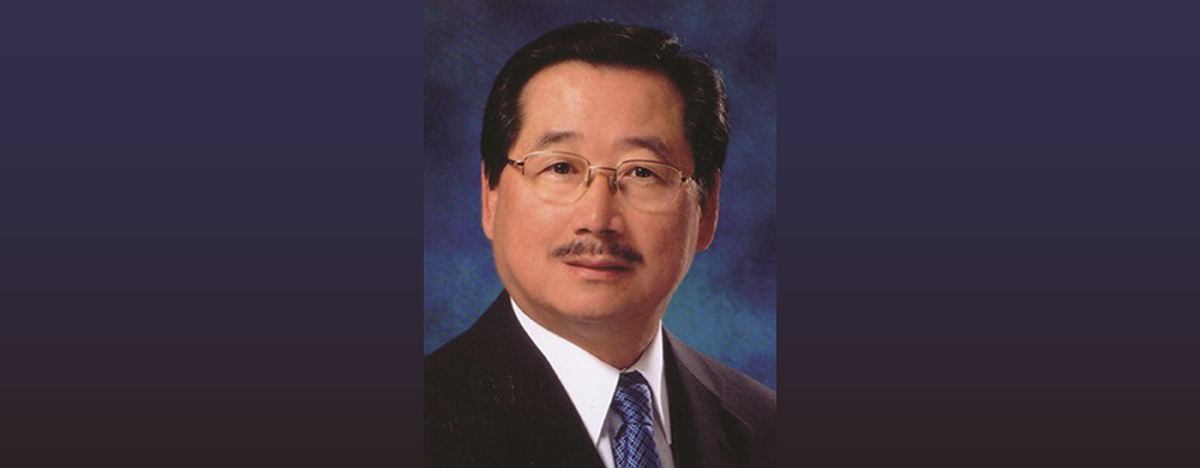27 April 2021
You could say he champions civics and the classics. Diamond Club Member Eddie Yap was president of MPC from 1999 to 2000, who happens to be an opera buff with an encyclopedic knowledge of classical music history.
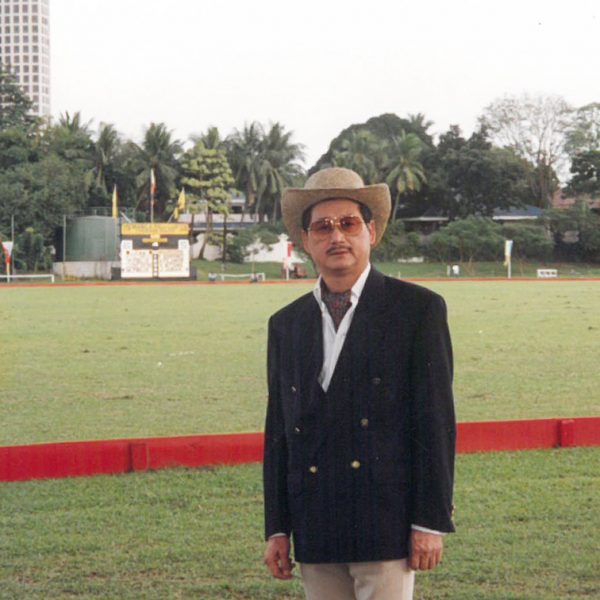
He shares his passion for music with his wife, Dellie. As chair of the Urban Development Committee of the Management Association of the Philippines (MAP), he is also a vocal advocate for improving the quality of life around the metro, in particular, the public transport and traffic systems
ON MUSIC
Can you imagine a life without music?
Music is food for the soul. It is universal as it transcends race and creed. Abdul Candao, a superb tenor who hails from Muslim Mindanao and is based in Vienna, came to sing in the Adeste Fideles Christmas Concert I produced in 2007 for MAP at the PICC Plenary Hall. He willingly sang Silent Night, a Christmas carol celebrating the birth of Christ with this last verse – Christ the savior is born.
How did you conceive of the Music from the Movies Concert? Which movie theme is your favorite?
Filipinos are music addicts and I knew that they would enjoy soundtrack themes and songs, especially when scenes from the films were shown. I did this concept in two concerts and it turned out to be a winning formula. Both concerts sold out quickly. My sentimental favorite is the theme from Moulin Rouge – Where is your Heart, which was written in 1952 by French composer Georges Auric, who is one of Les Six with five other renowned French composers. The music was popularized by the orchestra of Percy Faith and Henry Mancini with their respective arrangements. The vocal version in English was sung by Felicia Farr and Connie Francis.
What would you consider to be your favorite concerto? Symphony? Opera?
Tchaikovsky Piano Concerto No. 1, originally composed in 1875 by Pyotr Ilyich Tchaikovsky and revised in 1879, is among the best known of all piano concertos. This lyrical and passionate concerto has three movements – allegro, andantino and allegro con fuoco. This composition is the standard by which pianists are judged at the International Tchaikovsky Competition held every four years in Russia. American pianist Van Cliburn won the competition in 1958 when it was first held. Cliburn came to Manila to perform at the Cultural Center of the Philippines upon the invitation of Imelda Marcos. This score was used in the 1990 film Misery based on Stephen King’s novel. Kathy Bates won the Academy Award for Best Actress.
Mozart or Bach? Beethoven or Wagner? Rachmaninoff or Mahler?
Beethoven’s 5th Symphony, world’s most famous symphony and a main item in the orchestral repertoire. It starts with the universally famous opening motif of four notes with three shorts followed by a long note which is repeated throughout the symphony. Five is V in Roman numeral and is the first letter of Victory. The 5th symphony is sometimes referred as the World War II Victory Symphony. The opening four notes were used during the Normandy Invasion by the allies on June 6, 1944 as a coded signal with 3 dots and a dash signifying victory. The music was part of the soundtrack of Immortal Beloved, a biographical film about the life of Beethoven.
When did you discover your love for music? Are your wife and kids music lovers, too?
Tchaikovsky piano concertos started my interest in classical music at a young age. This interest was reinforced when American pianist Andre Watts came and performed at the PhilamLife auditorium piano pieces, particularly Franz Liszt’s devilishly difficult La Campanella. From there I graduated to opera, often attending opera productions whenever abroad in Europe, U.S. and Canada. My wife, Dellie, also enjoys classical orchestral music and opera. She often accompanies me when attending concerts and opera. My children are also music lovers but with a preference for pop. My elder brother, Domingo, who is a proprietary Club Member is a trained tenor. One of my elder sisters played the clarinet and another is a ballroom dancer who competes abroad.
ON WORK
You’ve been vocal about the need for an efficient bus system in Metro Manila. How would this ease the traffic congestion situation?
In 2015 traffic congestion in Metro Manila became so bad that carmageddon became a popular term. Commuters were often stuck in traffic jams and commuting took about six hours of person’s daily life. I was convinced that the yellow bus lanes located at the outer lanes of EDSA were ineffective as buses were usually caught in jams while contributing to congestion in the other road lanes. On August 26, 2015, at the general meeting of the Management Association of the Philippines (MAP) at the ballroom of the Manila Peninsula Hotel, I presented my advocacy for a holistic approach to the problem with a new dedicated busway on the inner lanes of EDSA. This was implemented by Transportation Secretary Arthur Tugade on June 1 during the pandemic. Since then, buses run on the busway unimpeded by traffic and commuters reach their destination in record short time. Ambulances and other emergency vehicles also use the busway and sick people reach the hospital faster to receive the needed medical care. Former DOTC and DPWH secretary Jose “Ping” de Jesus said, “the busway is the best solution ever proposed in a long time to try to solve the traffic problem.” Soon, an iconic busway bridge with concourse will be constructed along EDSA by donors solicited by me and based on my design concept approved by the Transportation Secretary Tugade.
Do you expect traffic to return to normal after the pandemic?
Aversion to public transportation because of fear of Covid contamination has seen an increase in use of private vehicles. This has contributed to congestion on the road lanes for private vehicles EDSA, although traffic is flowing smoothly, unlike before when buses were adding to the congestion. The rehabilitation of MRT3 will be completed in a few months and together with the more efficient busway, traffic congestion will normalize particularly when commuters take to public transportation and leave their vehicles behind. Eventually, authorities will have to resort to vehicle volume reduction measure to decongest EDSA and convince motorists to take public transportation.
If you were asked to come up with a master plan for redeveloping Metro Manila, what would be your first priority?
Relocate national government offices from Metro Manila to Clark City in Angeles, Pampanga. This is a feasible option as the soon-to-be completed Tutuban to Clark fast train will cut travel time to under one hour. Additionally, encourage live, work and play concept of mixed use property development within a short radius to keep destinations within a walkable distance or short commute. This will reduce dependence on public transportation, reduce traffic congestion and vehicle emissions.
What is your typical day like?
Since March 15 last year when the pandemic lockdown was imposed on Metro Manila, life has drastically changed. Work from home became the norm and a typical day includes reading online newspapers, attending to emails and keeping tabs on social media, tending my garden and feeding the fish, reading the Bible and participating in group Bible study. The lockdown has generated an explosion of virtual meetings which is the only option given the prohibition against physical meetings. These meetings often happen several times a day and some at the same. Participating in these virtual meetings takes a lot of time. This year, I hold the chairmanship of several key committees in business and civic organizations and much time is devoted to them. Writing advocacy articles, planning virtual events and conceptualizing a new musical concert makes time fly fast.
To what do you attribute your success?
Education, hard work, patience, persistence, and helpful family, friends and supporters.
What advice can you give the younger generation on achieving success?
Study hard and find one’s passion. Be a good listener. Learn from experiences of others and case studies on busines, management, and whatever one finds interest in.
ON CLUB MATTERS
How long have you been a Member of MPC?
It’s been 45 years since 1976, before the Club converted to proprietary membership.
What were the challenges you faced when you became President in 1999-2000?
Improvement of the aging facilities to meet the needs and higher standards of a new age and within a rigid budget. Discontinuance of the management contract with a Hong Kong-based management firm that called for profit sharing, while the Club was a non-profit as mandated in its articles of incorporation.
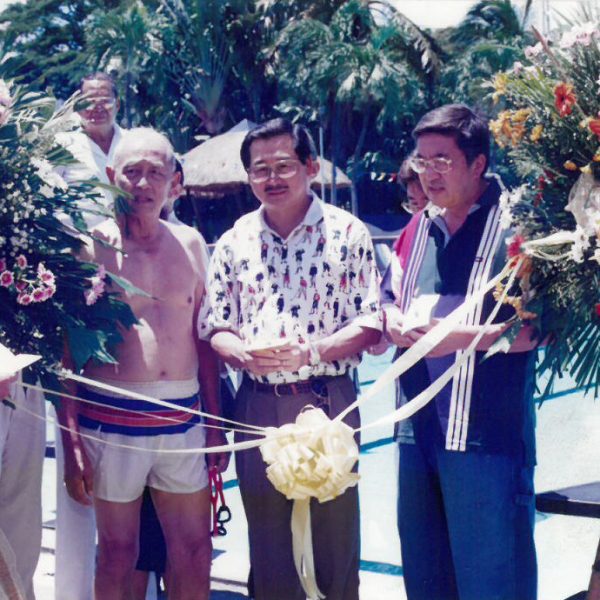
What do you consider to be your legacy to the Club as President/Board Member?
A fiscal performance with no operating deficit and a balance sheet with record-high cash and receivables balance of over P100 million from the implementation of an associate membership program pursuant to the By-laws approved in 1977 but was not implemented by previous administrations.
In Club administration, the abolition of the black ball practice wherein one membership committee member or board director can anonymously block a membership application and, in its place, instituting a more transparent system requiring majority vote of board members to deny membership to an applicant. Another is holding a Family Day on a Sunday preceded by Mass, which became the precedent for this tradition in the Club, and an international lunch buffet. The event was wildly popular and attendance broke records, with members overflowing from the Main Pavilion to the Cogon Village and other outlets. The parking spaces were all occupied and vehicles overflowed to the side of the entrance and exit driveways. We started a monthly glossy magazine called the Last Chukker that chronicled events and activities during the past month and incoming months.
CAPEX: Improvement of the physical facilities within prescribed tight CAPEX budget allowance, including the new entrance gate at McKinley Road, new library, wider clubhouse hallway at the lower ground level from the entrance to the rear, new Sports Bar, conversion of the spartan YMCA-like men’s and ladies’ lockers into the McKinley and Cameron function rooms, construction of new badminton courts at the lower tennis courts to pave the way for the demolition of the old courts, located beside and blocking natural ventilation of the Sports Lounge, by the succeeding administration, and in its place a new pocket garden to provide flow-through ventilation to the Sports Lounge, construction of a new jogging path around the perimeter of the East Polo Field and renovating the horse riding bullring with a larger and higher roof, and relocating the equestrian office that was blocking the view of the bullring from the road.
You were part of several committees of the Club before. On which committee did you enjoy serving the most and why?
The House Committee was very challenging, given the need to enforce House Rules on the Members and for extensive maintenance and repairs given the aging Clubhouse. The Membership Committee was enjoyable as it gives the opportunity to meet and induct new Members, although dealing with errant Members was at times challenging.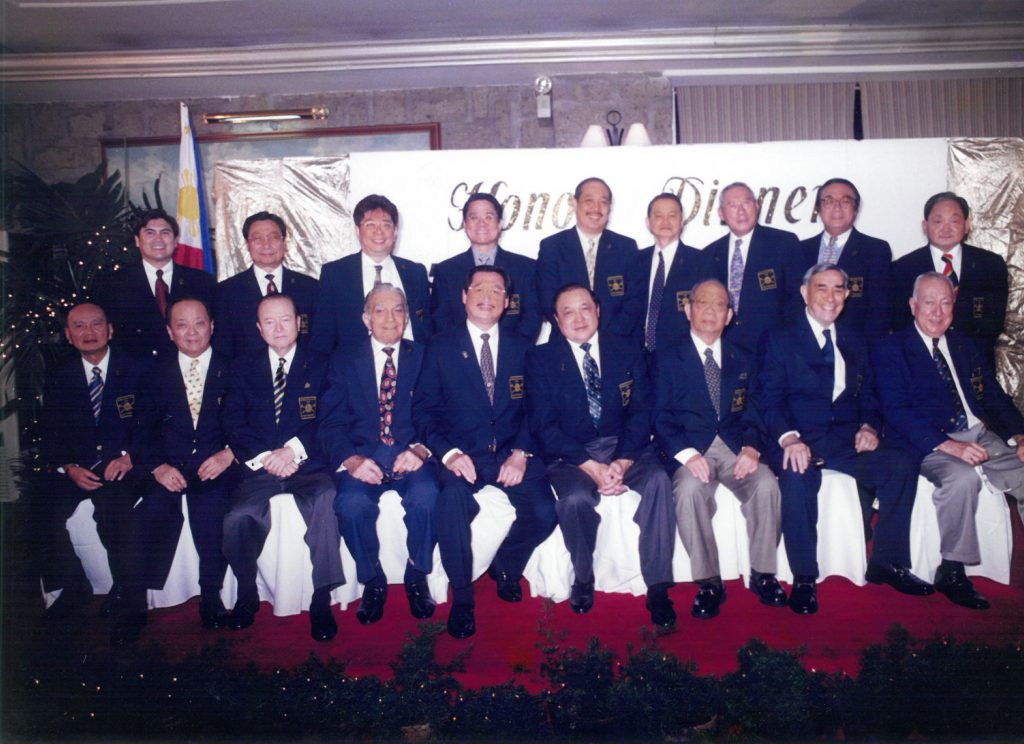
What other (virtual) events do you think Diamond Members will enjoy/appreciate at this time?
Virtual presentations of a wide range of topics including arts (music, dance, literature, paintings, historical artifacts, etc.), culture, travel and medical, particularly on the COVID pandemic, vaccines and therapeutics, by authoritative persons.
Have you been able to visit the Club during the pandemic? Pre-pandemic, how often would you be at MPC?
Yes, Valentine’s Day dinner with my wife at the East Terrace was a delightful experience. Pre-pandemic, I frequented the gym for exercise, golf driving range and the food outlets with my family and enjoyed the library which has an extensive array of publications and novels. Frequented the badminton courts to watch my daughter Anne Margaret play. She was a Club champion in badminton.
What do you love most about the Club?
Its history and tradition, location within a residential village and its extensive sports and dining facilities, wide open grounds and greenery with mature trees and landscaping. The East Terrace is a gem which was almost reduced to give way to an expanded Willow Root dining room in a renovation drive that was thankfully aborted.
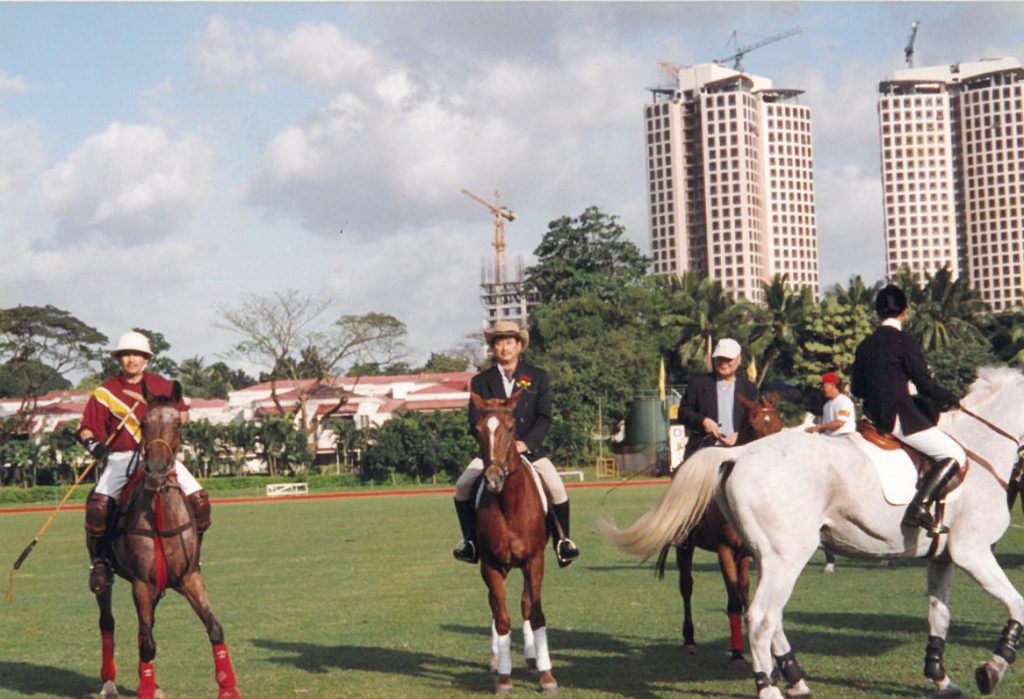
Being a long-time Member and a Past President, what can you share with our Dependents/Overage Dependents or new Members about the Club?
To continue patronizing the Club as a second home and engaging in fellowship with other Members.
How do you stay active?
By getting involved in socio-civic advocacies, such the soon to be launched Green EDSA Movement that I am organizing to transform this major traffic corridor into a more pleasant tree-lined thoroughfare with landscaped walkable sidewalks and clean energy mass transportation as to means to improve livable conditions and mitigate climate change.
Dream project at the Club: A musical concert with symphony orchestra, vocalists and choir at the East Terrace.


